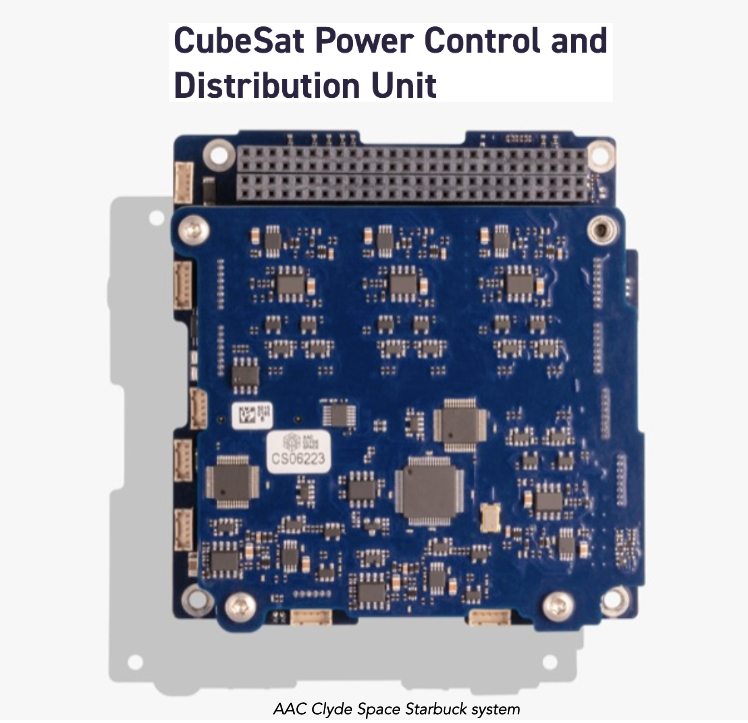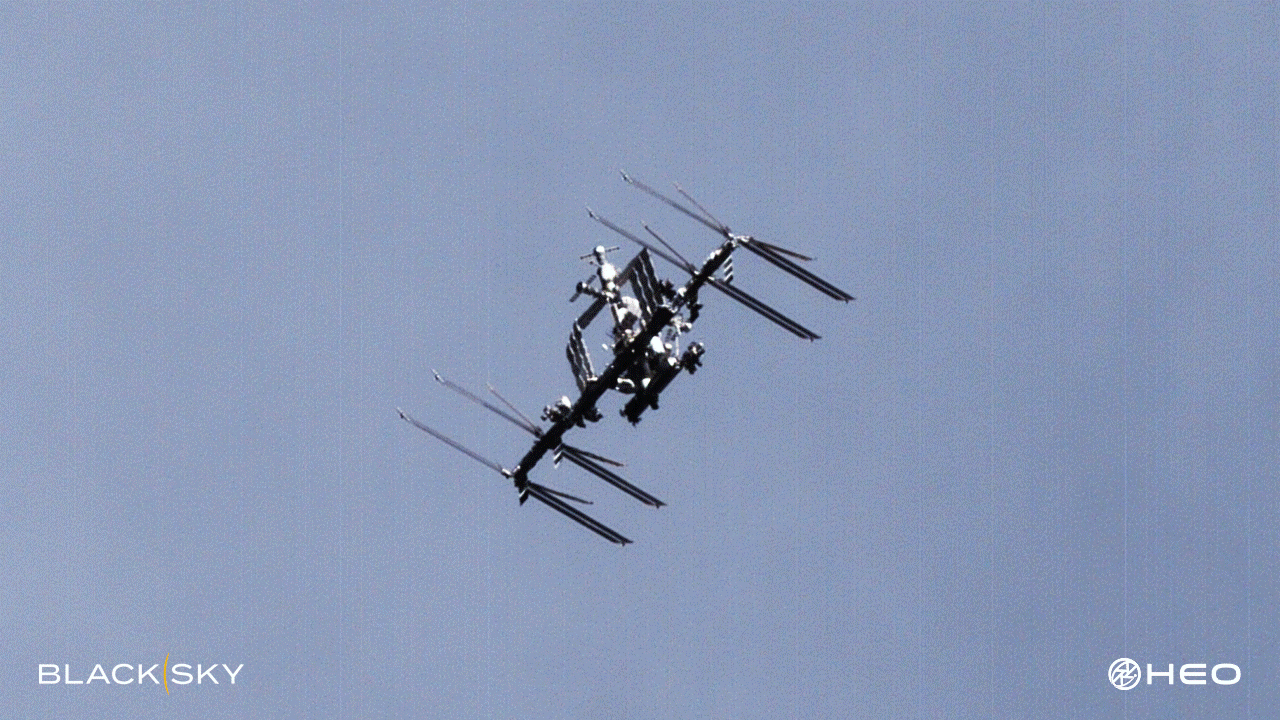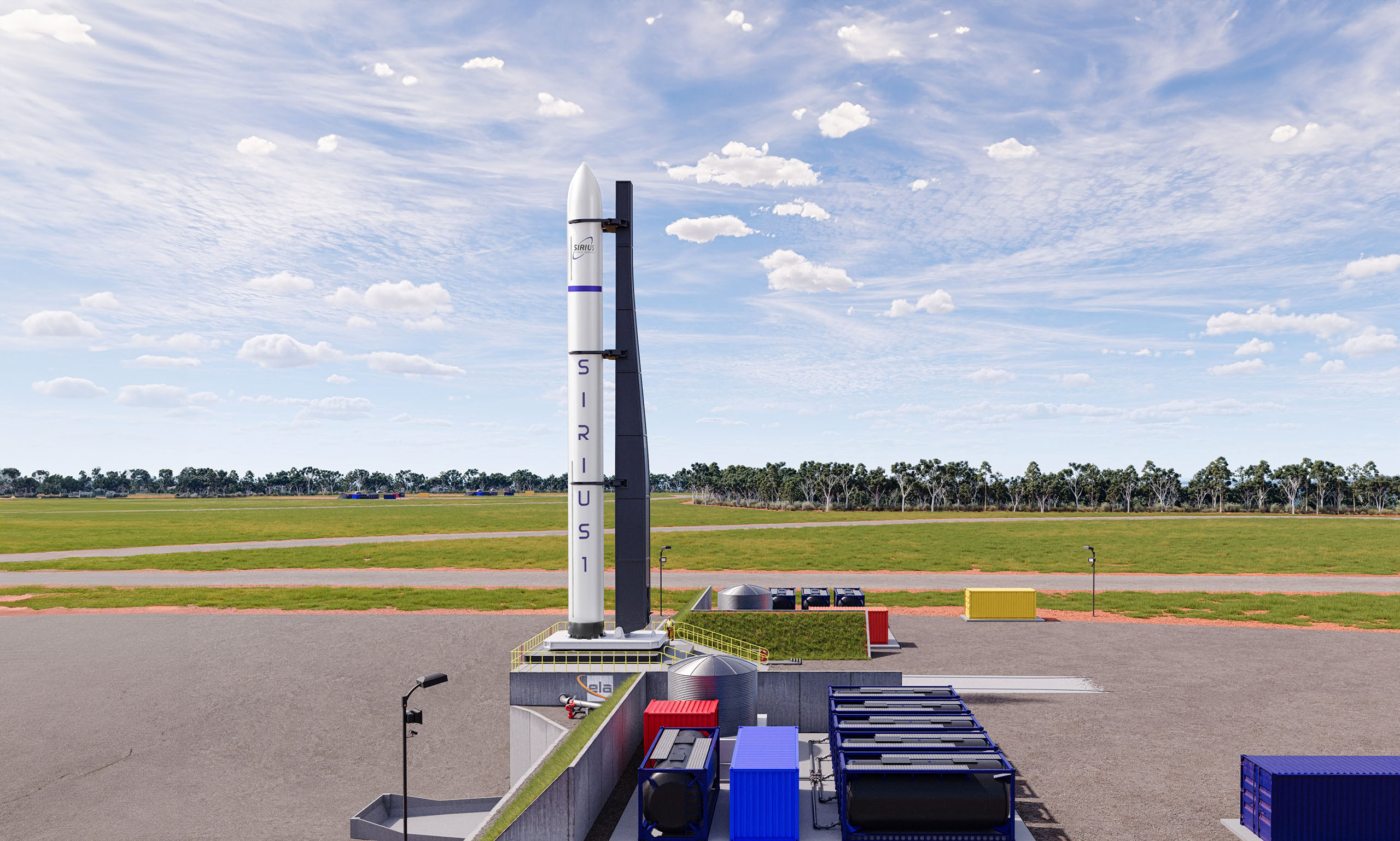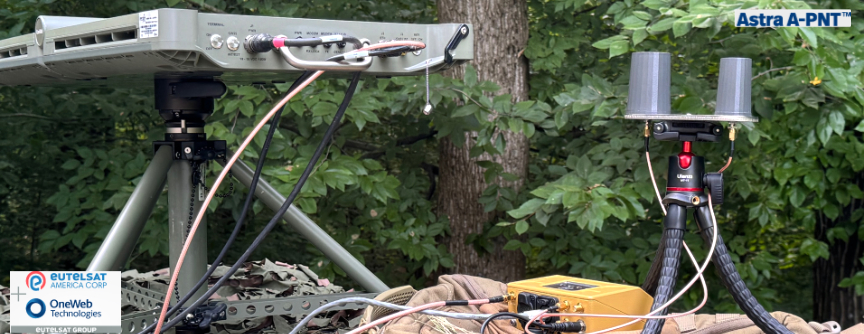
NASA has selected Firefly Aerospace, Inc. of Cedar Park, Texas, to provide launch services for the National Oceanic and Atmospheric Administration (NOAA) QuickSounder mission.

The selection is part of NASA’s Venture-Class Acquisition of Dedicated and Rideshare (VADR) launch services contract. This contract allows the agency to make fixed-price indefinite-delivery/indefinite-quantity awards during VADR’s five-year ordering period, with a maximum total value of $300 million across all contracts.
The QuickSounder mission will support NOAA’s next generation satellite architecture for its future low Earth orbit program, which will provide mission-critical data for the agency’s National Weather Service, the nation’s weather industry, and other users worldwide.
QuickSounder is the first small satellite in NOAA’s Near Earth Orbit Network (NEON). A collaborative effort between NASA and NOAA, NEON will provide a new approach to developing a new global environmental satellite system by quickly building small to medium-sized satellites with Earth-observing instruments for weather forecasting, disaster management, and climate monitoring. QuickSounder has a launch readiness date of February 2026.
NASA will manage the development and launch of the satellites for NOAA. As the mission lead, NOAA provides funding, technical requirements, and will manage post-launch operations. NASA and NOAA will work with commercial partners to design and build the network’s spacecraft and instruments.















 ) where one will be fully developed with the ability to accommodate Sirius’ three variants of rocket, SIRIUS 1, SIRIUS 13 and, in future, the large 4 booster SIRIUS 15 variant. The other launch pad will be part-developed as a back-up.
) where one will be fully developed with the ability to accommodate Sirius’ three variants of rocket, SIRIUS 1, SIRIUS 13 and, in future, the large 4 booster SIRIUS 15 variant. The other launch pad will be part-developed as a back-up. 





 solution that is designed to ensure seamless LEO SATCOM connectivity and operational performance when GPS/global navigation satellite signals (GNSS) are unavailable or compromised.
solution that is designed to ensure seamless LEO SATCOM connectivity and operational performance when GPS/global navigation satellite signals (GNSS) are unavailable or compromised.